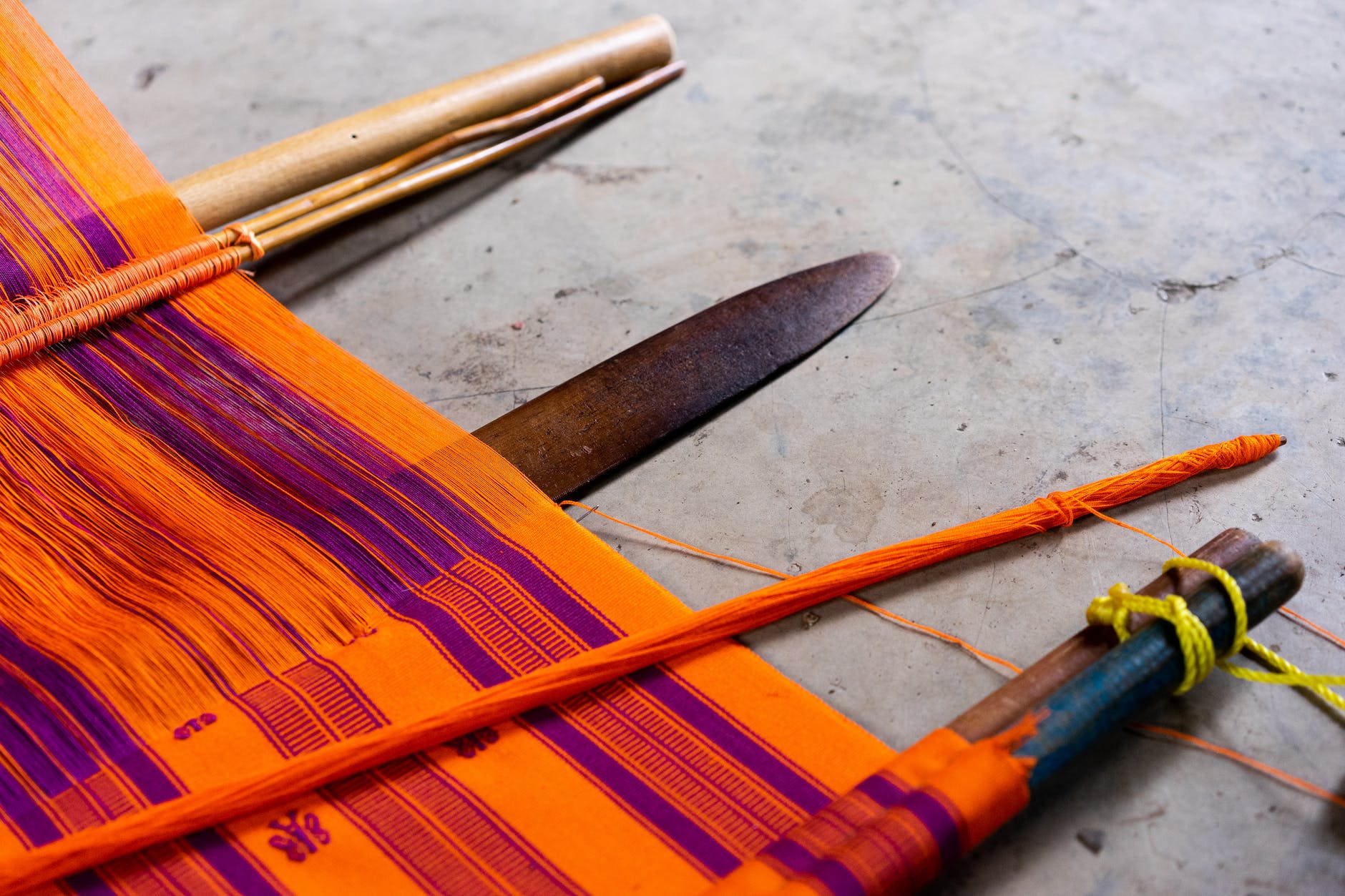Rug Weaving and Tradition: Bridging Heritage with Modernity
Preserving Cultural Heritage Through Generations
For centuries, handweaving techniques, motifs, and rituals have passed down within families and communities as cherished cultural heritage. This lineage knowledge embroidered identity and bonded generations.
Mothers and grandmothers taught daughters time-honored patterns with guidance and stories over years beside the loom. Traditional songs and phrases during tasks recalled shared history. Designs encoded ancestral motifs and wisdom.
Precise materials and methods also carried significance. Natural dyes connected pastures to palettes. Handspun wool fibers linked back to flocks tended. Conventions carried forward group identity and values.
Honoring these vital generational connections through preserving heritage craft techniques allows treasured parts of culture to endure and evolve.
Adaptive Innovation Sustains Relevance
Yet adherence to fixed historical methods alone cannot sustain cultural crafts. Adaptive innovation ensures weaving traditions resonate in the modern world.
Contemporary designers rework classic patterns with new layouts, scales, and color combinations to bring fresh perspective. Incorporating modern materials alongside natural fibers bridges eras. Experimenting with multimedia dimensions keeps practices dynamic.
Sharing weaving online opens access and dialogue between tradition bearers worldwide. Collaboration fuses cross-cultural aesthetics into exciting hybrid forms. Innovation uplifts tradition to new heights.
Respectfully expanding inherited knowledge with original vision keeps heritage crafts meaningful across generations. The spirit of ingenuity at the loom must live on.
Designing New Works Inspired By Heritage
Many weavers draw inspiration from artifacts and stories of ancestral cultures. Their contemporary rugs adapt heritage elements into novel works.
For instance, a Kilim revival motif may get rendered in vividly hued wool with a boldly distorted layout. Or a ceremonial blanket’s stripes and patterns could be recreated with natural-dyed alpaca yarns.
Abstract references to artifacts allow wider interpretation and accessibility. Digital media integration adds modern commentary. Found object additions echo traditional rituals.
By honoring cultural memory while asserting individual perspective, weavers bridge generations. Heritage nourishes creative roots which branch freely toward the future. Their rugs link valuable inheritance to fearless innovation.
Visiting Ancestral Weaving Communities
Journeying to ancestral communities that birthed certain weaving traditions allows first-hand immersion in their living essence. Making personal connections renews inspiration.
Meeting elder master weavers to learn nearly-lost techniques in their original settings feels profoundly rejuvenating. Singing heritage songs together while processing fibers awakens dormant knowledge in the blood.
Observing how rugs fit into daily life and rituals in their native context illuminates their deeper cultural role and meaning. New generations rediscover pride and identity by engaging directly with ancestral lineages.
Temporary returns to the cradle of treasured crafts anchors innovators to primary sources. The travels weave bonds between past and future through shared devotion to the timeless tools of spindle and loom.
Documenting Heirloom Textiles and Stories
Recording the stories and context of heirloom rugs and textiles preserves their history and significance. Memories woven into threads should not be scattered by time.
Interviewing elders about inherited pieces uncovers valuable oral history. Photographing provides visual documentation. Collecting anecdotes and memories around archives gives them voice.
Researching designs, motifs and dyes illuminates connections to heritage. Repairing damage helps fragile antiques endure. Building collaborative databases makes culture accessible.
Honoring ancestral knowledge elevates inherited rugs from mere artifacts into catalysts connecting generations. Each object links the past to future creators who will adapt their inspiration.
Balancing Reverence for Tradition with Individuality
Weavers navigating heritage and innovation tread a nuanced path. Respect for tradition should liberate creative spirit, not limit individuality.
Devotion to ancestral techniques, stories, and symbols provides a strong anchor. But conformity for conformity’s sake dims vitality. Rising voices have perspectives to contribute.
The endless interplay between convention and fresh approaches keeps culture dynamic. Tradition endures through constant thoughtful evolution, not stagnancy.
By grounding themselves in lineage wisdom, weavers gain confidence to interpret freely. Their rugs become new incarnations of enduring spirit. Heritage and innovation flourish in balance.
Weaving a Dignified Future From the Threads of the Past
Rug weaving provides a resonant metaphor for bridging past and future. Ancestral knowledge gives direction; contemporary vision allows adaptation.
By mastering time-honored skills, materials, and motifs, weavers root themselves in cultural identity and purpose. From this solid foundation, they can weave forward new creative forms without losing their way.
Honoring traditions means learning them deeply through practice, not confining them rigidly under glass. Keeping heritage arts alive requires participation, not passive observation.
Each innovator contributes their unique thread while keeping tensile strength. Their fresh patterns and colors enliven the whole cloth. Weavers at once guided by inheritance and called by progress jointly turn shuttles to weave heritage and hope into enduring beauty.
